A faster path to permanent residency for parents of Australian citizens
Contact us
Contributory Parent Visa (143)
Looking for trusted immigration agents in Brisbane? Australian Visa Advice offers expert support and tailored visa solutions to help you achieve your migration goals.
Trusted VisaExperts
PersonalSupport
Focused onYour Goals
Confidential & Professional
What is the Contributory Parent Visa (Subclass 143)?
The Contributory Parent Visa (subclass 143) allows parents of Australian citizens, permanent residents, or eligible New Zealand citizens to live permanently in Australia. It’s a popular option for families seeking to reunite more quickly, as it has faster processing times compared to standard parent visas—although it comes with a higher application cost.
This visa is available to applicants outside Australia and requires a financial Assurance of Support, which includes a bond to help cover potential social services use. In some cases, families choose to apply for the temporary subclass 173 visa first, then follow with the 143 visa, allowing them to spread the cost of migration over time.
Who Can Apply for the Contributory Parent Visa 143?
To be eligible for the Contributory Parent Visa (subclass 143), applicants must:
- Be the parent of a settled Australian citizen, permanent resident, or eligible New Zealand citizen
- Apply from outside Australia at the time of lodging the application and when a decision is made
- Pass the Balance of Family Test (at least half of your children live permanently in Australia or more children live in Australia than in any other single country)
- Meet health and character requirements
- Be sponsored by an eligible child who has lived lawfully in Australia for at least two years
- Be able to provide an Assurance of Support, including a financial bond


Benefits of the Contributory Parent Visa
This visa offers several key benefits:
- Grants permanent residency in Australia
- Faster processing times than non-contributory parent visas
- Access to Medicare and other public services after visa approval
- Right to live, work, and study in Australia
- Pathway to citizenship (once eligible)
- Option to include dependent children in your application
Document Checklist for the Contributory Parent Visa Application
Typical documents required include:
- Valid passport and identity documents
- Proof of parent-child relationship (e.g., birth certificate)
- Sponsor’s proof of citizenship or permanent residency
- Evidence of meeting the Balance of Family Test
- Police clearances and health examination results
- Completed sponsorship forms
- Evidence of your ability to meet the Assurance of Support requirement


How the Contributory Parent Visa Works
- Apply Offshore – You must be outside Australia when you apply and when the visa is granted.
- Sponsorship and Documentation – Your child must sponsor your application and provide a financial Assurance of Support.
- Optional Temporary Step – You may choose to apply for the temporary subclass 173 visa first, and later apply for the 143 visa to split the cost.
- Visa Granted – Once approved, you’ll receive permanent residency, including full work rights, Medicare access, and a path to citizenship.
At Australian Visa Advice, we help families explore parent visa options that best suit their financial situation and timeline. Our experienced team ensures your application is prepared accurately, improving your chances of a smooth approval process.
Contributory Parent Visa FAQs
While faster than standard parent visas, processing can still take 4 to 6 years, depending on the demand and government allocations.
No. You must be outside Australia both when you lodge your application and when a decision is made.
It’s a financial commitment from your sponsor to support you and includes a bond paid to the government, which may be refunded after 10 years.
Yes. You can include your partner and any dependent children in the same visa application.
You can choose to apply for the temporary Contributory Parent Visa (subclass 173) first, then transition to the 143 visa later, allowing you to spread the costs.


